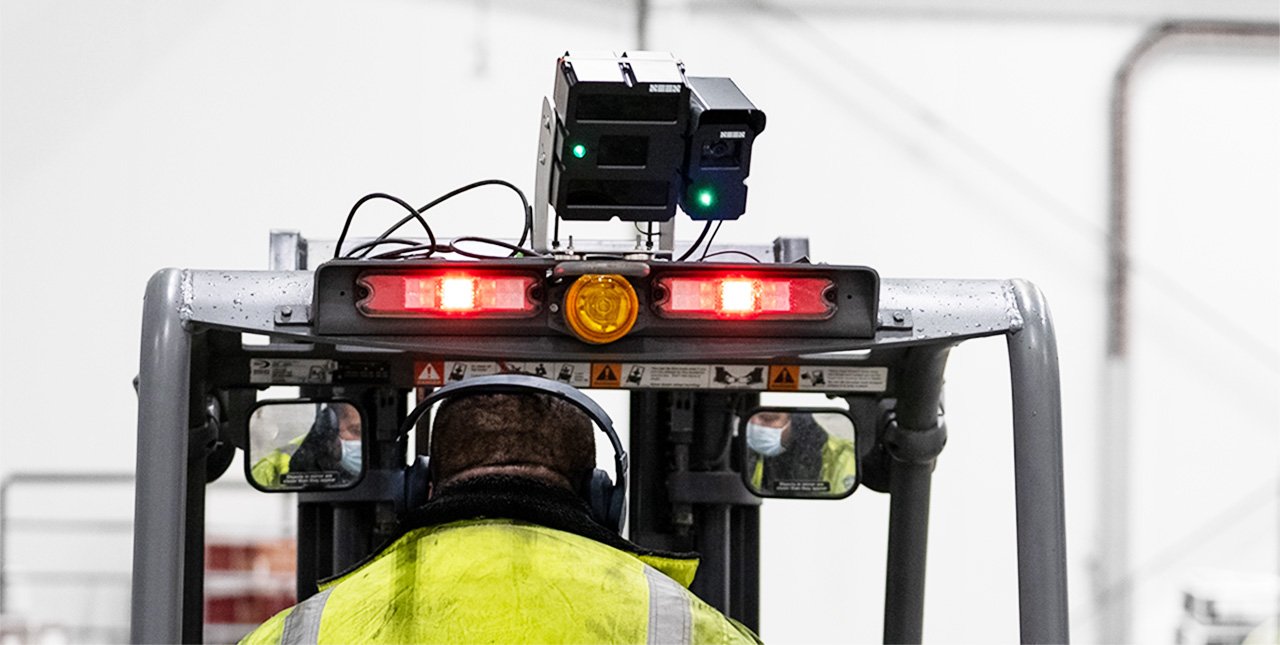A Shift Toward Proactive Safety
Observations from SEEN Safety CEO Dave Knight:
On recent visits to the US and the UK, we saw a clear shift. Health and safety professionals are no longer waiting for a near miss or serious incident to justify investment. They are now looking for ways to prevent incidents before they happen — and that means turning to active safety systems that detect people in real time. Some common challenges we heard were:
Passive Safety Is No Longer Enough
For a long time, safety around forklifts and heavy equipment has depended on passive controls like barriers, bollards, walkways and high visibility vests. These are important, but they are now the bare minimum. The more progressive safety leaders are starting to ask a new question, “How do we stay ahead of accidents, not just respond after they happen?”
1: Over Detection Is Creating Noise
Many existing systems flood operators with alerts. They detect everything in the area, including people who are not actually at risk. This over detection leads to false alarms, reduced trust in the system and, ultimately, reduced effectiveness.
2: Not All Risk Zones Are Equal
Full surround detection sounds ideal, but it is not aligned with how forklifts actually operate. Forklifts cannot move sideways, so detecting people beside them is rarely useful. The real danger zone is behind the machine, especially when it shifts from a standstill or forward movement into reverse.
3: The Power of Data and Video
Leading organisations are no longer satisfied with detection alone. They want visibility. Video footage and directional movement data are giving safety teams the context they need to improve training and refine safety processes. It is no longer just about reacting, but equally about collecting the data to enable people to learn from.
4: Cost and Compatibility Still Get in the Way
We hear the same frustration again and again. Many detection systems are too expensive or only work with new machines. Safety leaders need solutions that can be retrofitted to any forklift, regardless of make or age. They need pricing that allows for full fleet coverage, not just a few units. Our view is that a price point of approximately two thousand dollars per machine is the benchmark that makes wide deployment possible.
What Safety Leaders Are Now Demanding
The future of pedestrian safety is clear. It is not passive. It is not generic. It is focused detection in the actual danger zone, supported by real data, and safety systems accessible enough to scale across entire fleets. This is the new standard, and it is already being set. Are your safety initiatives ready to keep up?
Want to know more?
Download a guide covering the prices of the SEEN Safety Solutions
Download our guide to the six things to consider when selecting a pedestrian detection system for your material handling equipment.

